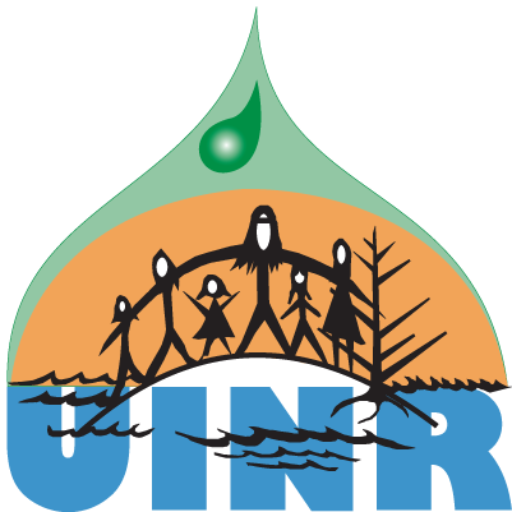 The Collaborative Environmental Planning Initiative (CEPI) is formed of Mi’kmaq, community, industry and government partners who have come together to devise a management plan for the Bras d’Or Lakes. With two successful workshops under their belt, CEPI has been given clear direction from both government and community on priority issues and the means to address them. At both workshops, held in October of 2003 and October of 2004, UINR was endorsed as the Secretariat to co-ordinate the development and implementation of the management plan.
The Collaborative Environmental Planning Initiative (CEPI) is formed of Mi’kmaq, community, industry and government partners who have come together to devise a management plan for the Bras d’Or Lakes. With two successful workshops under their belt, CEPI has been given clear direction from both government and community on priority issues and the means to address them. At both workshops, held in October of 2003 and October of 2004, UINR was endorsed as the Secretariat to co-ordinate the development and implementation of the management plan.
This year, CEPI has been very busy as they move from the consultative phase to the development phase of the plan. Presently, two tasks teams have been struck. One team is putting together a draft outline of the management plan which will include Terms of Reference and a Management Model. Another team is working toward sustainable support and financial management of CEPI. In addition, work has begun on forming a Youth and Elder Council, a database sharing project with Nova Scotia Department of Natural Resources, a school module for children, and an exploration of setback regulations for the Bras d’Or Lakes. These projects are consistent with the direction given to us by the Elders requesting that Traditional Ecological Knowledge be taken island wide, that we protect the Bras d’Or Lakes from impacts as much as possible to allow her to heal herself, and that we practice “two eyed seeing” in our approaches. This two eyed seeing, a concept given to us by Elder Albert Marshall of Eskasoni First Nation, means that we view problems and solutions through the eyes of both cultures, both Western science and Mi’kmaq Traditional Knowledge. In this way, the strengths of both knowledge and wisdom will be employed. Based on direction from community, CEPI is basing the management approach on the Medicine Wheel, seeking balance, consistency and effectiveness. We are very proud of the efforts put forward by all members of CEPI, as they work toward protecting and preserving this ecosystem which is so important to all people and species of Unama’ki.
